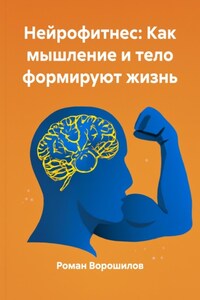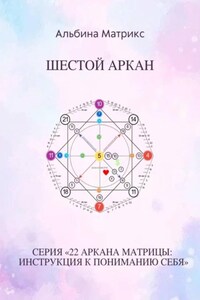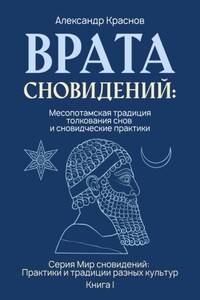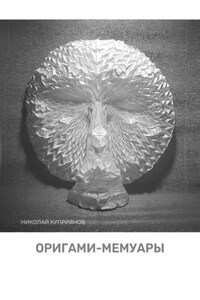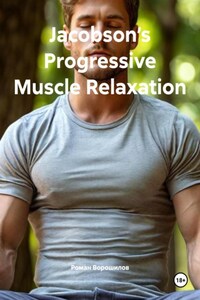
Jacobson’s Progressive Muscle Relaxation
The book «Progressive Muscle Relaxation according to Jacobson» is a practical guide to mastering a method developed by American physician Edmund Jacobson in the 1920s. The main goal of the book is to teach readers to manage stress, anxiety and emotional tension through conscious work with muscle tone.
| Жанры: | Общая психология, Классики психологии, Практическая психология |
| Цикл: | Не является частью цикла |
| Год публикации: | 2025 |
Читать онлайн Jacobson’s Progressive Muscle Relaxation
Книга заблокирована.
Вам будет интересно


